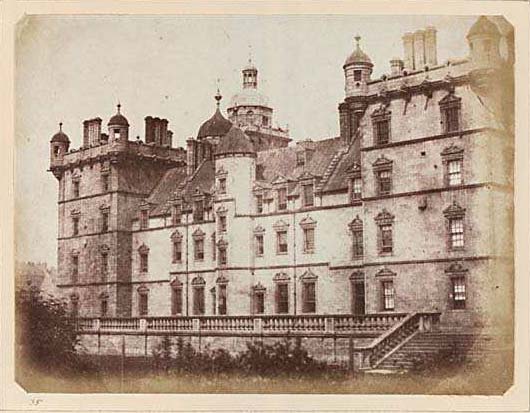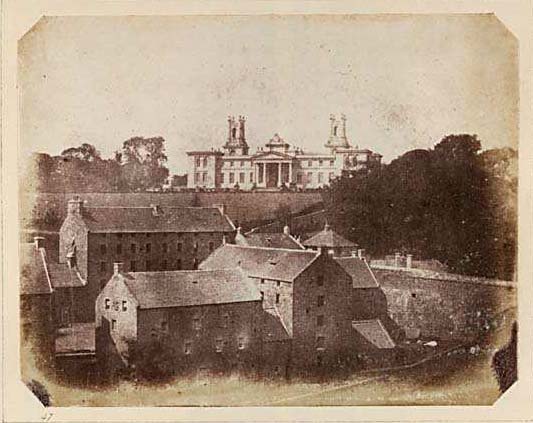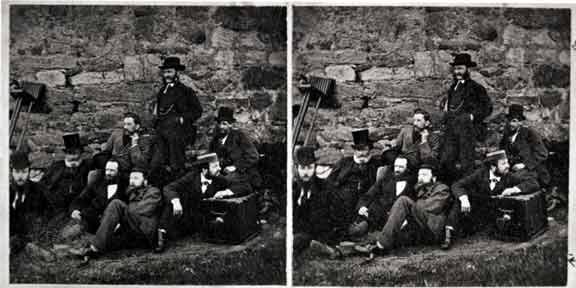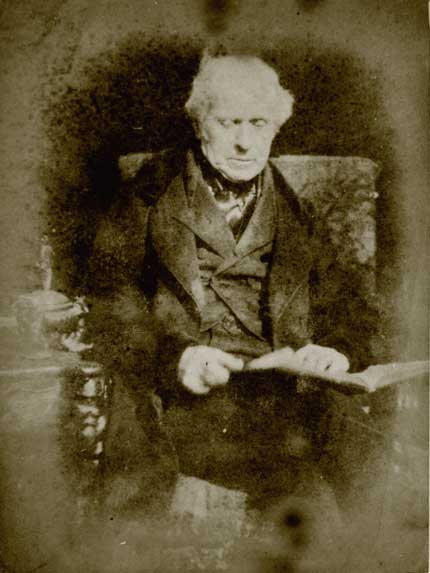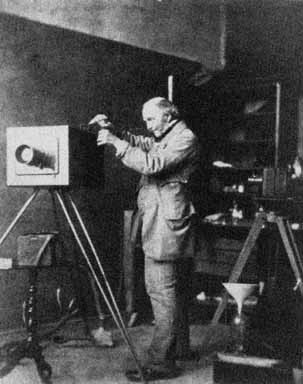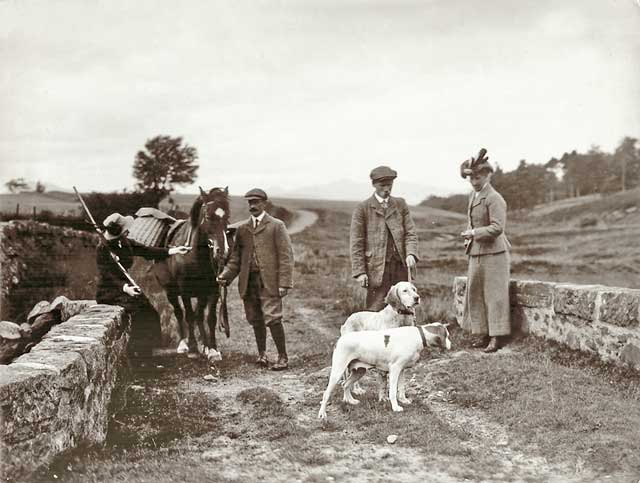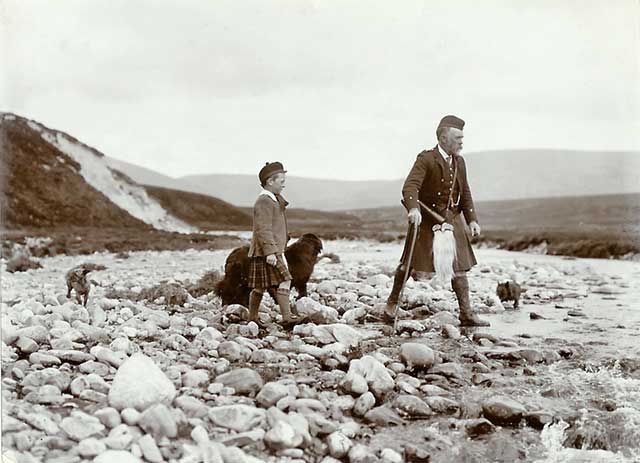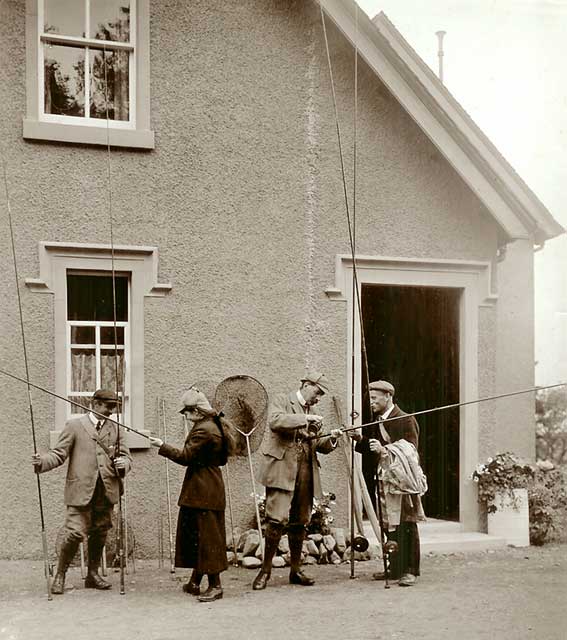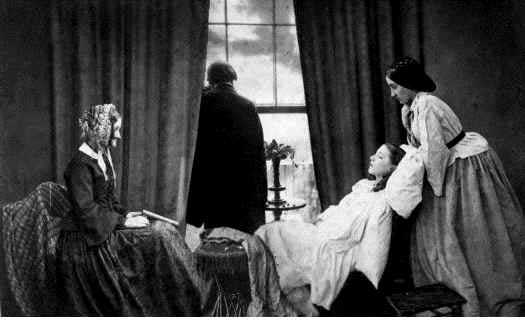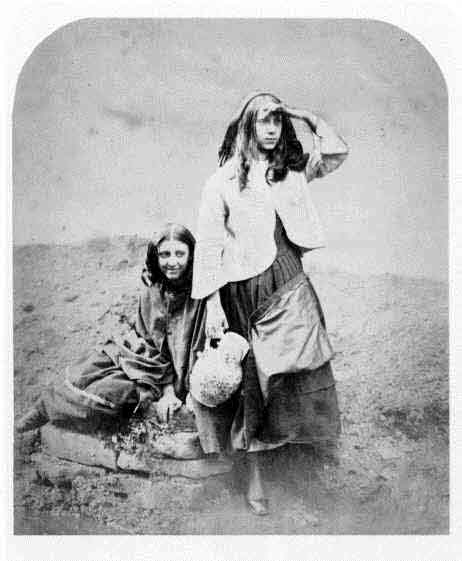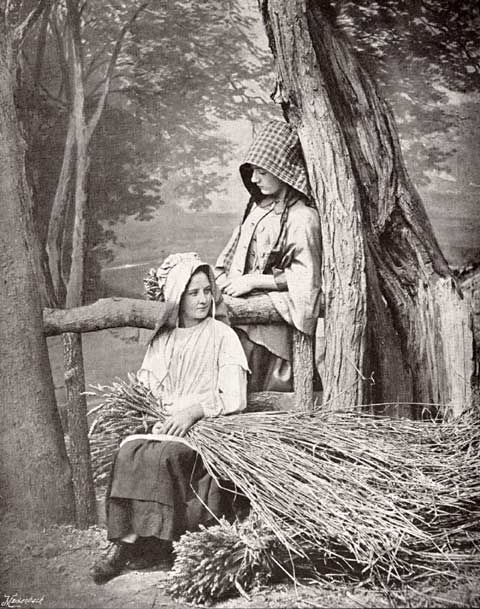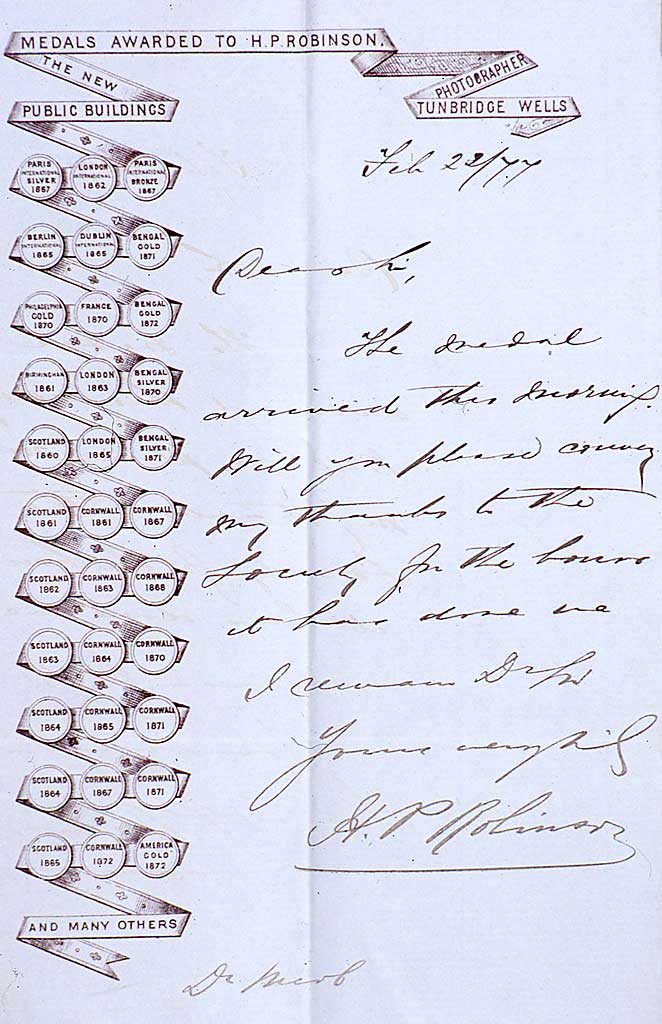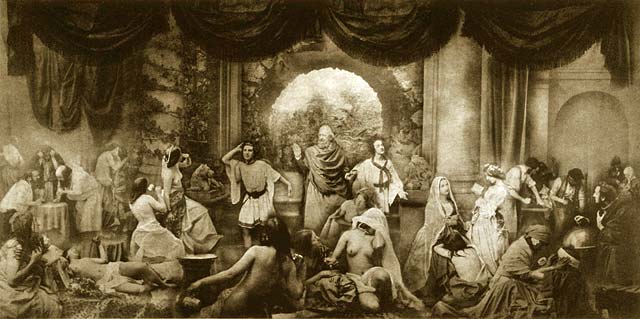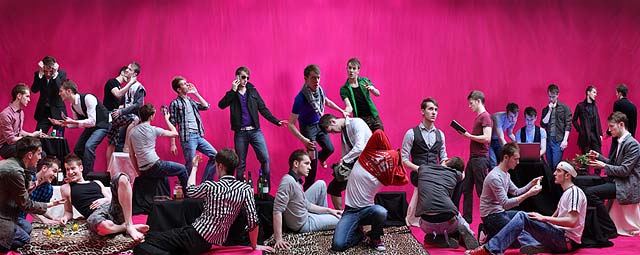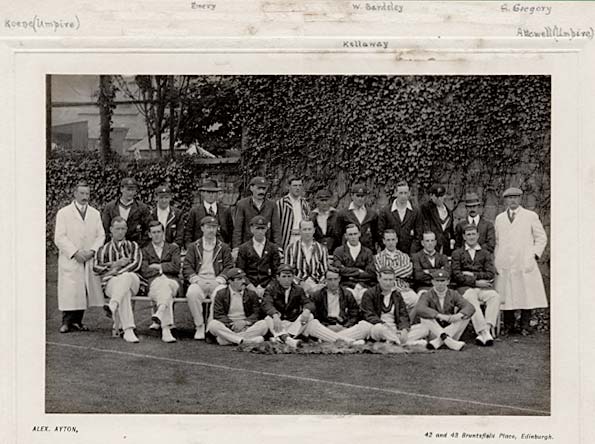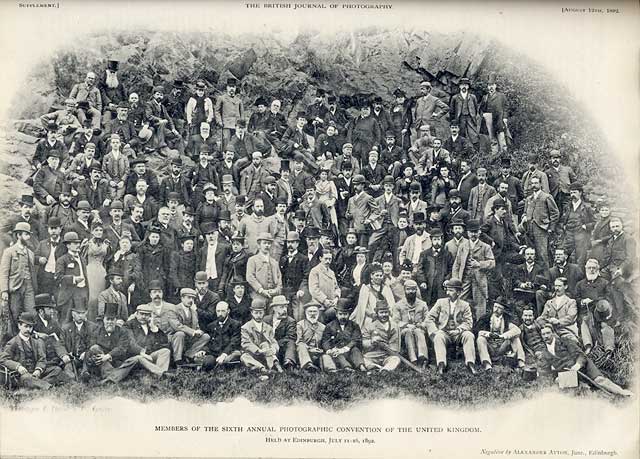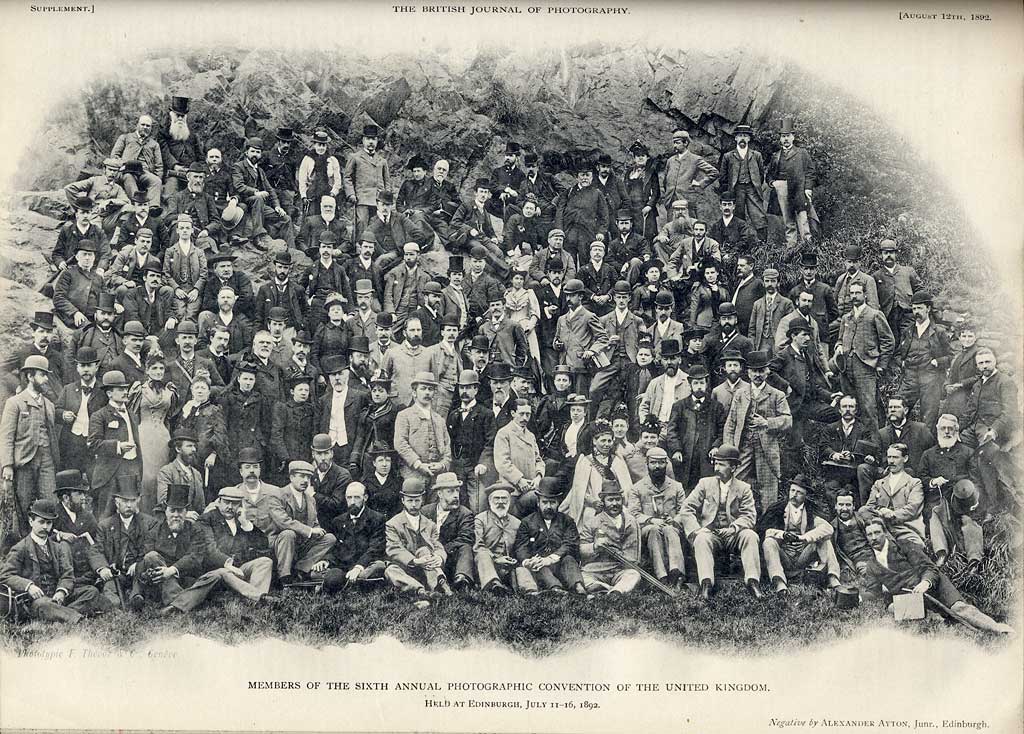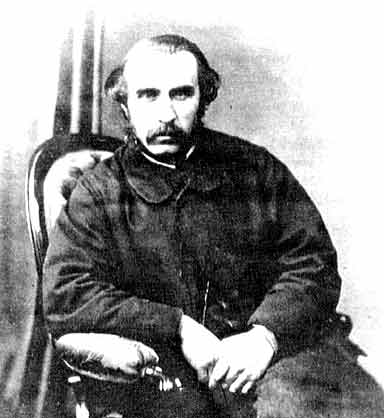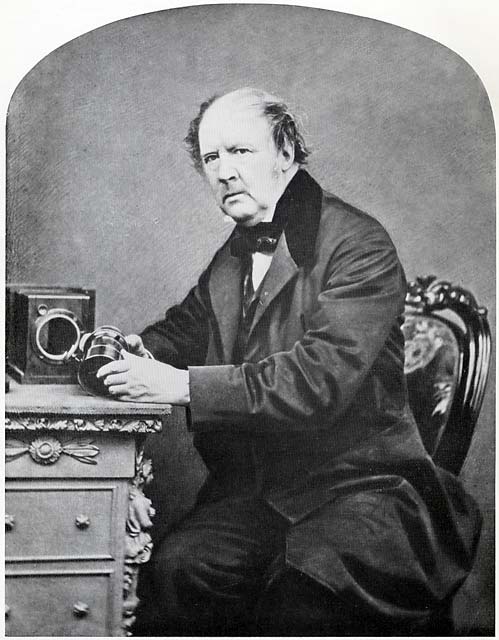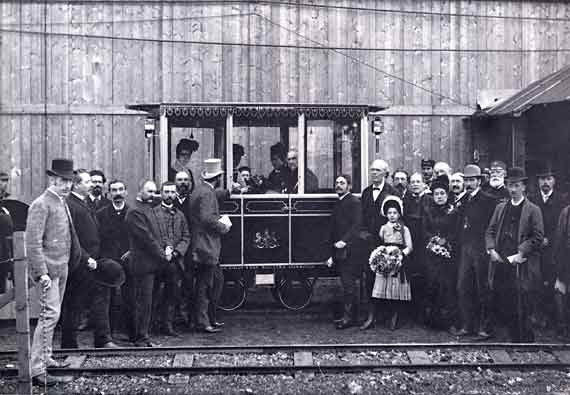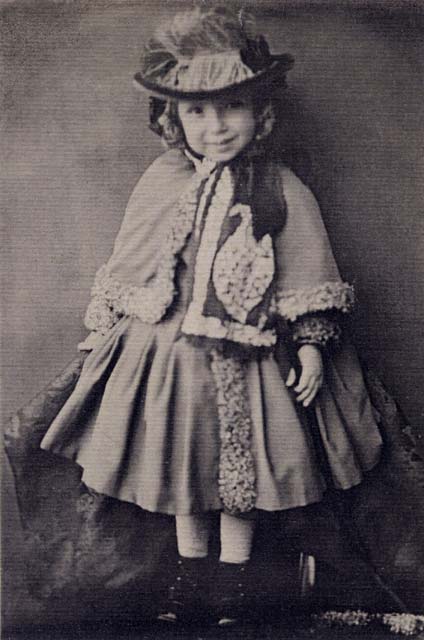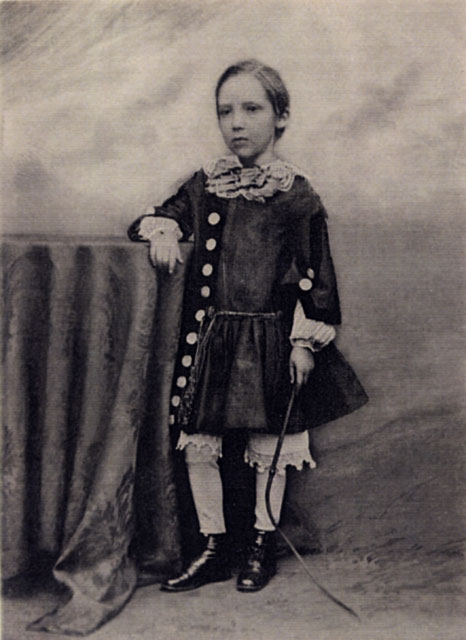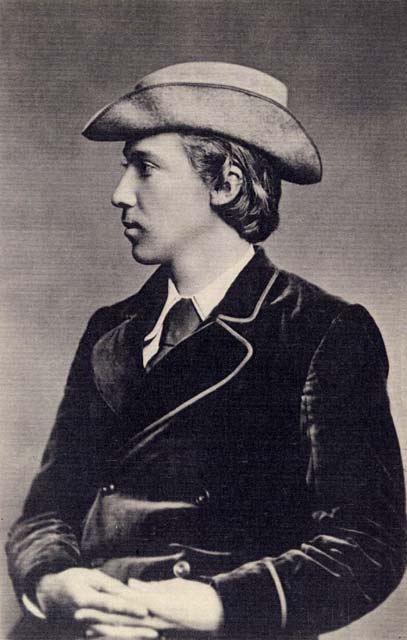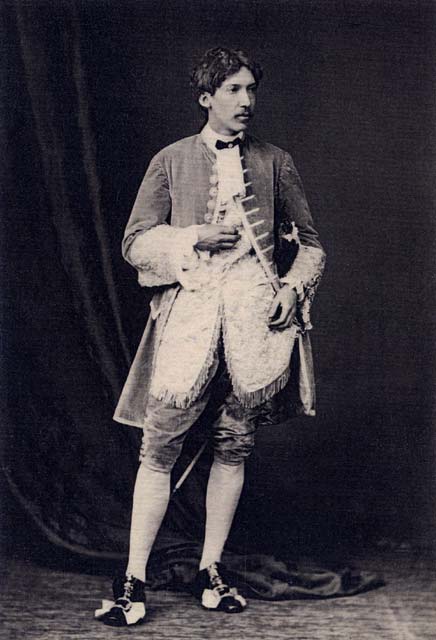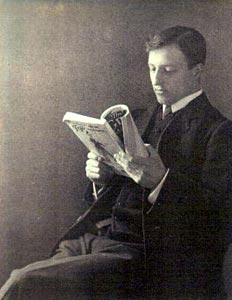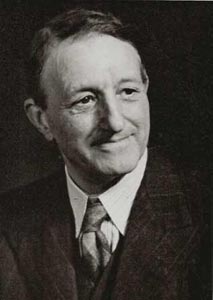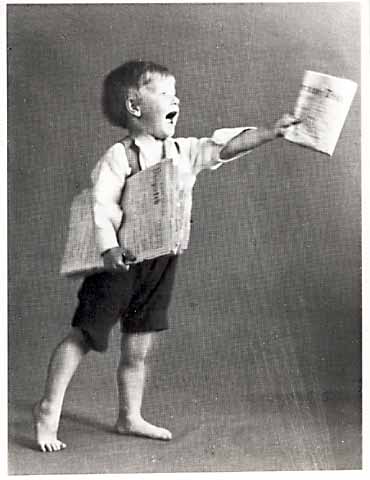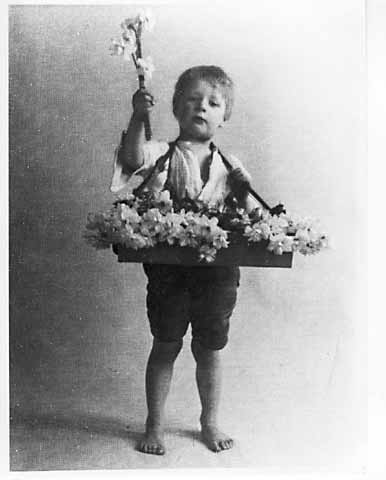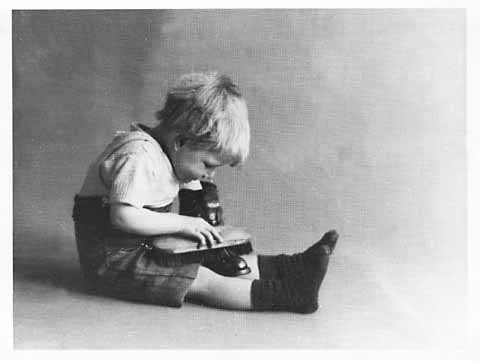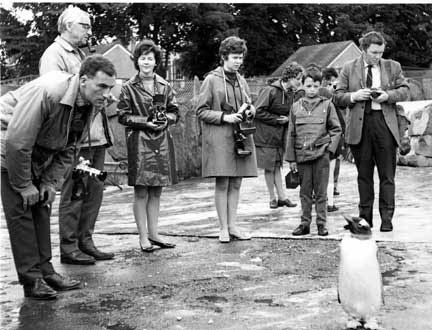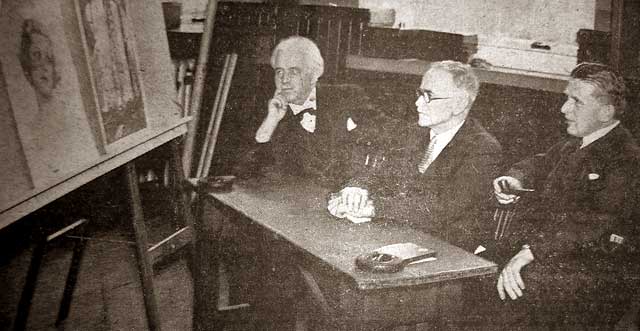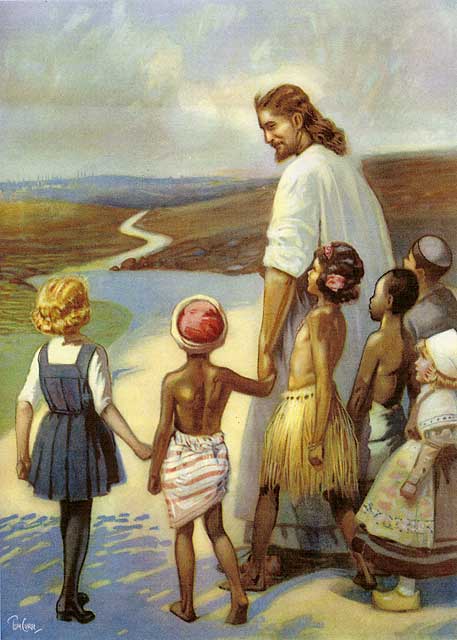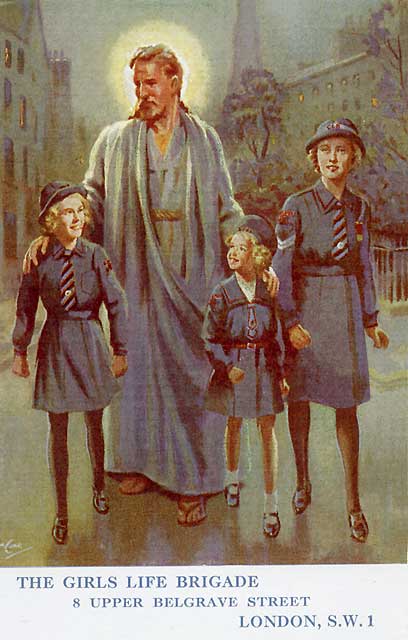|
History of Photography in Edinburgh |
||||
|
1 |
2 |
3 |
4 |
5 |
|
History of Photography in Scotland Talk at Old Edinburgh Club © peter.stubbs@edinphoto.org.uk Photo taken July 18, 2008
13 November 2013 |
|
Here, we look at three photographic societies in Edinburgh: 1. The Edinburgh Calotype Club - early 1840s 2. Photographic Society of Scotland - 1856 to 1873 3. Edinburgh Photographic Society - 1861 to date |
|
1. Edinburgh Calotype Club Early 1840s
Hugh Lyon Playfair with Cello © Reproduced with acknowledgement to the Trustees of the National Library of Scotland
|
|
2. Photographic Society of Scotland From 1856 Background
Horatio Ross Self portrait, preparing a collodion plate
Waiting Photograph by Mrs Horatio Ross? © Reproduced with permission of Stephen Beadle Photograph possibly by Mrs Horatio Ross? © Reproduced with permission of Stephen Beadle Photograph by Mrs Horatio Ross? © Reproduced with permission of Christies Images Limited, London Photograph possibly by Mrs Horatio Ross? © Reproduced with permission of Stephen Beadle ________________________________ PSS Exhibitions
Press Reports
"Another Exhibition has opened to delight our pleasure-loving Auld Reekieites who are noted as dillettántí and Fine-Art rhapsodists. Photography already appears scarcely less marvellous than the electric telegraph." [Caledonian Mercury 22 December 1856] "This is a most extraordinary exhibition; and we suspect that very few persons, if any, who have not visited it can have the most remote idea of the immense progress which Photography (or Sun Painting, as some term it) has made during the last few years." [The Edinburgh Evening Reporter & Scottish Record - Dec 31, 1856]
“ Old Sol had scarcely spoken thus, when forth I went straightway To his Great Exhibition-Room, my shilling there to pay; And scarcely had I passed the door, and laid my money down When I exclaimed 'A shilling’s worth! Why this is worth a crown.' He really is a painter! His own account is true. I only wish we saw him here far oft’ner than we do.” [The Courant 22 January 1857]
“ But even such a favoured street acquires a new renown, And gives a brighter lustre to that corner of the town. When day by day both grave and gay are thither seen to run With eager anxious haste to seek the Temple of the Sun.” [The Daily Scotsman: 31 January 1857] Photos for Sale
- George Washington Wilson sold 40 prints at 10d each (equivalent to £4 each now).
- Henry Peach Robinson sold 57 prints at prices ranging
from Composition Pictures
Copies on sale at 15s 0d each in 3rd PSS Annual Exhibition © The Royal Photographic Society, Bath, England. web site http://www.rps.org. Winner of Silver Medal in 4th PSS Annual Exhibition © Reproduced by courtesy of Margaret Halket, West Sussex 'Somebody's Coming' Winner of Silver Medal in 8th PSS Annual Exhibition © Reproduced by courtesy of Edinburgh Photographic Society
Letter from H P Robinson. © Reproduced by courtesy of Edinburgh Photographic Society O G Rejlander
© The Royal Photographic Society, Bath, England. web site http://www.rps.org. 'Two Ways of Life' Controversy
Press Comment
“O G Rejlander's ‘Two Ways of Life’ was exhibited in the Art Treasures Exhibition in Manchester. The Prince Consort has three copies of it. Sir David Brewster, the President has one copy. It will scarcely be credited that the amateur ‘hanging committee’ of PSS rejected it because there were half-draped female figures in it. Call at Mr Wood’s, 88 Princes Street, where the rejected photograph may be seen.”
The Outcome
RPS Competition
|
|
3. Edinburgh Photographic Society See also 'Further Notes' 1861 to date Members
Alexander Ayton - Group Photos
Australian and Scottish Cricket Teams © Copyright: For permission to reproduce, please contact peter.stubbs@edinphoto.org.uk Alex Ayton's Wife, Catherine and 8 of her children
© The
Ayton family. Reproduced with acknowledgement to Photographic Convention Edinburgh - 1892
© Reproduced by courtesy of Edinburgh Photographic Society
© Reproduced by courtesy of Edinburgh Photographic Society ___________________________________________________ John Moffat
Talbot by Moffat
Taken at Moffat's Princes Street Studio,
Edinburgh, 1864
©
Reproduced from the National Museum of Photography,
Film and
Television collection, Gladstone by Moffat Mr & Mrs Gladstone on Mr Binko's Electric Railway - 1884 © Reproduced by courtesy of Trevor ER Yerbury, Edinburgh Robert Louis Stevenson by Moffat Aged 3 © Reproduced by courtesy of Edinburgh City Libraries and Information Services Aged 7 © Reproduced by courtesy of Edinburgh City Libraries and Information Services Aged 15 © Reproduced by courtesy of Edinburgh City Libraries and Information Services Aged 20 © Reproduced by courtesy of Edinburgh City Libraries and Information Services _________________________________________________ Archibald MacLucas
As a young man © Reproduced by courtesy of the MacLucas family In later years © Reproduced by courtesy of the MacLucas family
Newspaper Seller © Reproduced by courtesy of the MacLucas family Newspaper Seller © Reproduced by courtesy of the MacLucas family Flower Seller © Reproduced by courtesy of the MacLucas family Boot Cleaner © Reproduced by courtesy of the MacLucas family ________________________________________________ Photographic Outings
- EPS organises frequent camera excursions and a grand annual picnic. - On this occasion the whole of the photographic establishments are closed and amateur and professional employer and employé meet together and have a right good time. - Games included sack and barrow races, three-leg race, battledore, quoits and a walking backwards race."
Cadzow Forest - 1877.
© This photograph is included with National Galleries of Scotland permission. See Copyright Conditions Blackford Glen - 1890 © This photograph is included with National Galleries of Scotland permission. See Copyright Conditions Edinburgh Zoo - Around.1964 © Reproduced with acknowledgement to Edinburgh Photographic Society ________________________________________________ Exhibitions
© The Curr Family. This image is from a 1930s reproduction, exact date to be determined. Reproduced with acknowledgement to Dr Sandy Brewer, Galloway, SW Scotland
© The Curr Family. Reproduced with acknowledgement
|
End of Page 4
|
History of Photography in Edinburgh |
||||
|
1 |
2 |
3 |
4 |
5 |
End of Page 0


